Have you ever struggled with an Embroidery OFM file? Let’s simplify it!
This guide will walk you through the simple steps to open and make the most of your OFM embroidery files, ensuring your embroidery projects turn out just as you envision.
Let’s dive into the world of embroidery files together and make your creative process smoother and more efficient!
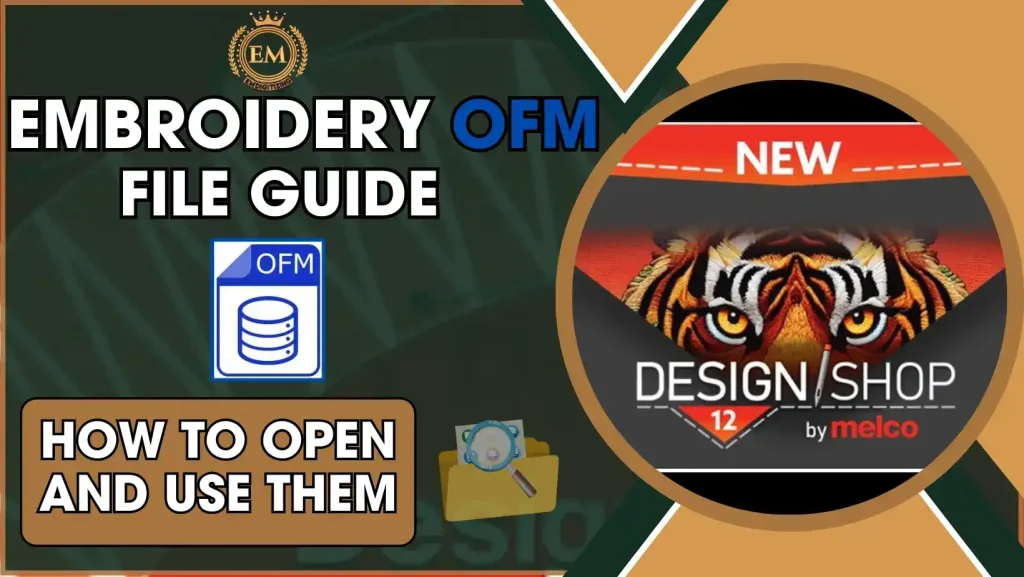
Embroidery OFM File Guide: How to Open and Use Them
What Are OFM Files in Embroidery?
OFM files are a specific type of embroidery file format used primarily by Melco embroidery machines. These files contain all the necessary instructions for an embroidery machine to stitch a design. Here’s what OFM files typically include:
- Stitch Data: This includes the coordinates for each stitch in the design, the sequence of stitches, and the direction of each stitch.
- Thread Colors: Information about the color changes required throughout the embroidery process.
- Design Attributes: Details such as size, design name, and other relevant metadata that help in identifying and managing designs.
- Machine Functions: Commands for automatic thread trimming, changing needle positions, and other machine-specific functions that are integral to automated embroidery.
OFM files are designed to be read by compatible software or machines, which then translate these instructions into physical stitches on fabric. They are essential for creating precise and consistent embroidery patterns, especially in professional and commercial embroidery settings.
Pros and Cons of Using Embroidery OFM Files
Using OFM file formats in your projects comes with its set of advantages and challenges. Here’s a breakdown of the pros and cons to help you understand when and how they might be best utilized:
Pros:
- High Compatibility with Melco Machines: OFM files are specifically designed for Melco embroidery systems, ensuring optimal performance and utilization of machine capabilities.
- Detailed Design Information: These files contain comprehensive design data, including stitch parameters, thread colors, and machine functions, which allows for precise embroidery execution.
- Scalability: OFM files maintain the quality of the design regardless of size adjustments, which is crucial for scaling designs to different garment sizes without losing detail.
- Advanced Features: They support advanced embroidery features like sequin dispensing, chenille embroidery, and other specialized techniques that might not be supported by simpler formats.
Cons:
- Limited Software Compatibility: OFM files can generally only be created and edited using specific software that supports this format, which can be a barrier if you’re not using Melco’s proprietary tools.
- Machine Dependency: These files are best used with Melco embroidery machines. If you have a different brand, you might need to convert the OFM files into a more compatible format, potentially losing some data in the process.
- Cost: The software required to create, edit, and manage OFM files is often an investment, making it less accessible for hobbyists or small businesses.
Recommended Software for Opening Embroidery OFM Files
To open and work with OFM (Melco) embroidery files, several software options are recommended:

DesignShop: This is the proprietary software for Melco machines, fully supporting OFM embroidery file formats.
It enables users to open, edit, and manage designs in OFM format and is perfectly aligned with Melco’s hardware capabilities.
It’s ideal for those using Melco embroidery machines.
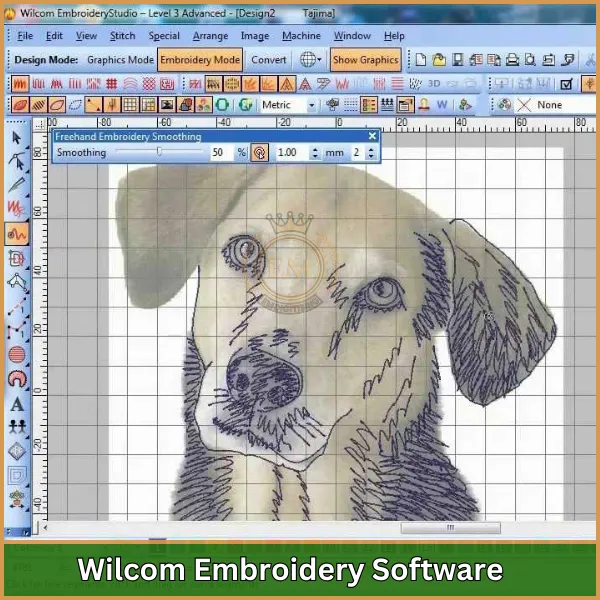
Wilcom Embroidery Software: Known for its robust digitizing tools, Wilcom also supports OFM files, allowing users to import and convert them as needed.
Compatibility with OFM may vary across different versions, so checking the specific capabilities of your version is crucial.
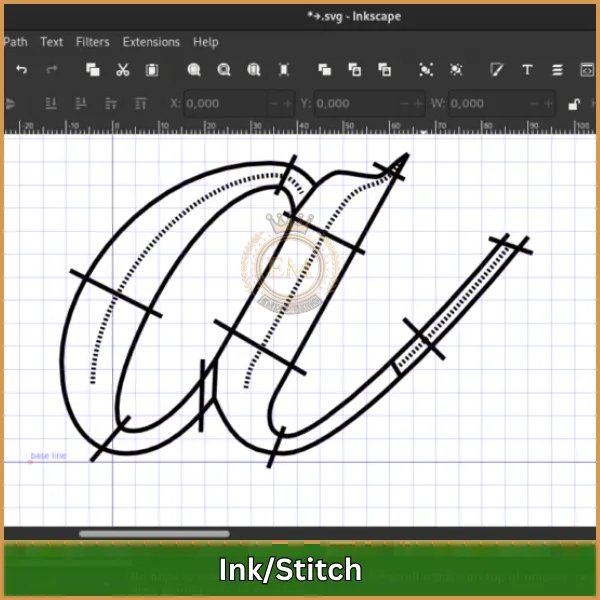
Ink/Stitch: An open-source plugin for Inkscape, Ink/Stitch can handle OFM files by converting them to more widely-used formats like PES.
This free software provides basic editing tools, making it a great choice for those on a budget.
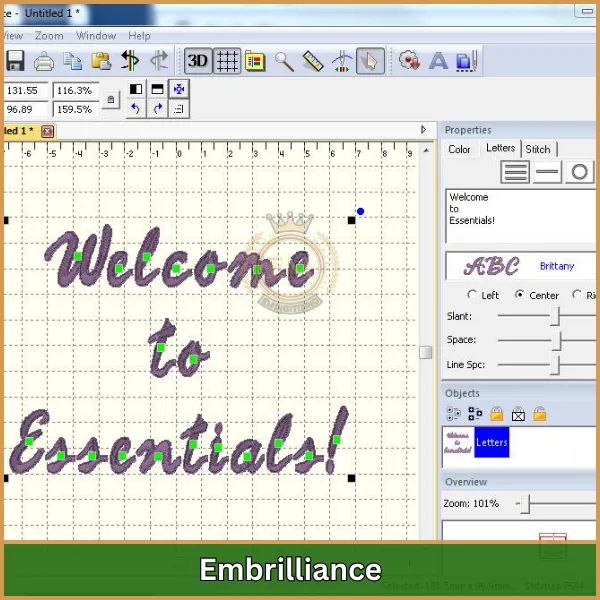
Embrilliance: While Embrilliance is primarily a digitizing platform, it supports a variety of embroidery file formats.
Users might need to convert OFM files to a supported format before using them in Embrilliance.

My Editor: A free embroidery editing software that allows the opening and modifying of various embroidery file formats, including OFM once converted. It’s user-friendly and well-suited for basic editing tasks.
Each software option caters to different needs, ranging from commercial-grade digitizing to basic design edits. Your choice should align with your specific requirements, such as ease of use, format compatibility, and the complexity of the editing features needed.
Step-by-Step Guide to Accessing OFM Files
To access and work with embroidery OFM files using DesignShop, follow these step-by-step instructions:
Step 1: Install DesignShop
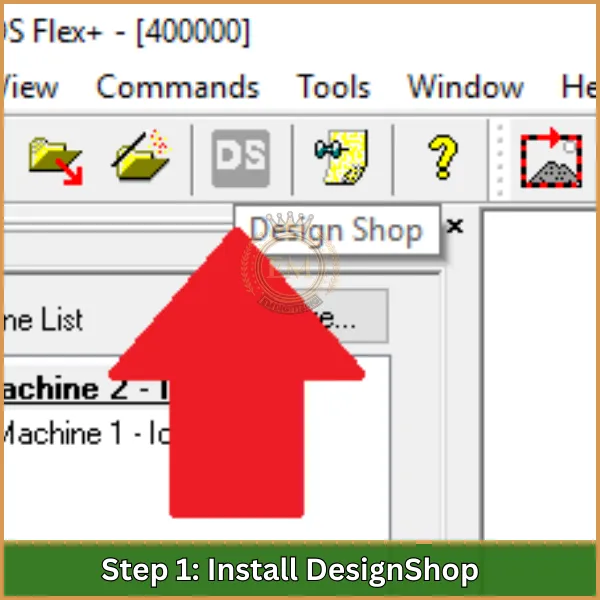
Ensure that you have DesignShop installed on your computer.
This software is specifically designed for working with Melco embroidery files, including OFM files.
Step 2: Launch DesignShop

Open the DesignShop application by double-clicking its icon on your desktop or selecting it from your programs menu.
Offer: These software tools can be expensive to buy. A smart choice is to hire a professional digitizer who can do the job for less.
At EMdigitizing, we offer affordable services that include creating OFM files, so you don’t have to worry about the high costs.
Step 3: Open the OFM File
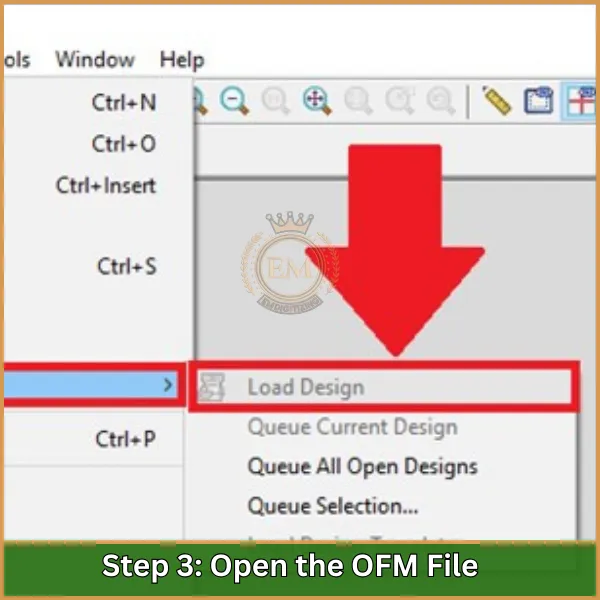
- Click on File in the top menu.
- Select Open from the dropdown menu. This will bring up the Open dialog box.
- Navigate to the location of your OFM file.
- Select the OFM file you wish to open and click Open.
Step 4: Edit the Design (Optional)
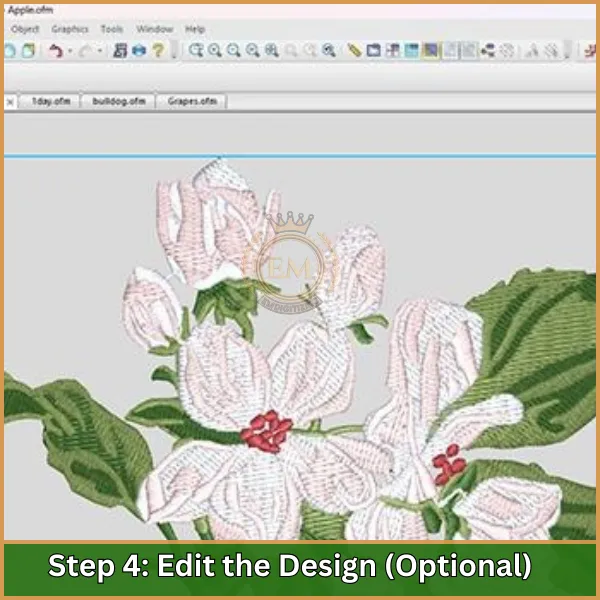
Once the OFM file is open, you can edit the design as needed.
DesignShop provides various tools for modifying embroidery designs, including changing colors, adjusting stitch types, and more.
Step 5: Save Your Work
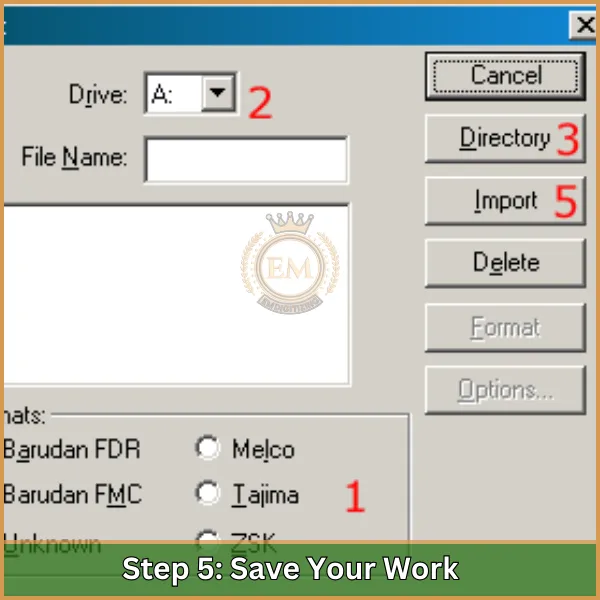
If you have made changes to the design and want to save it:
- Click on File again.
- Select Save As if you want to create a new file, or simply Save to overwrite the existing file.
- Ensure that you check any necessary options in the Save dialog box, such as saving graphic information if required.
Step 6: Exporting (If Needed)
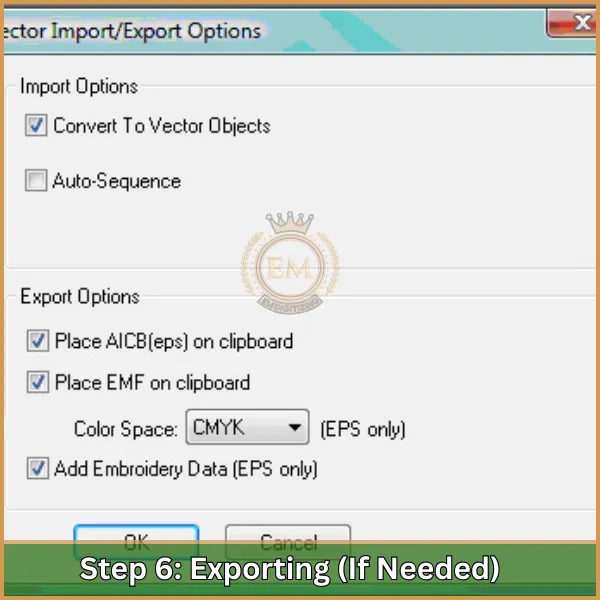
If you need to export your design to another format for use with different software or machines:
- Go to File and select Export.
- Choose the desired file format (e.g., DST, EXP) from the export options available.
Managing Your OFM Files Effectively
Here are some quick tips for managing your embroidery OFM files more efficiently:
- Set Up a Central Storage Location: Create a dedicated folder like “Embroidery Designs” on your main drive for easy access.
- Categorize Your Designs: Use folders such as Animals, Holidays, Fonts, and Appliqué, and add subfolders for specific themes or designers.
- Use Visual Reference Guides: Keep a binder with printed images and thread charts for each design for quick reference.
- Consistent Naming: Save files with clear names, including design name and number, to simplify searches.
- Backup Regularly: Use an external hard drive, cloud storage, or USB drives to ensure your files are safe.
- Software Tools: Use tools like 2stitch Organizer to preview, manage, and track your embroidery files.
- Organize ZIP Files: Extract all files from ZIP downloads before organizing them into your folders.
- Review Your Collection: Periodically delete duplicates or unnecessary files to keep things tidy.
These strategies will help you stay organized and improve your workflow when dealing with OFM files.
What are the Common Uses of Embroidery OFM Files?
OFM file embroidery are specialized formats used primarily with Melco embroidery machines. Here are some common uses for these files in the embroidery industry:
- Professional Embroidery: OFM files are essential in commercial and professional embroidery settings where precision and repeatability are crucial. They are used to ensure that designs are executed exactly as intended on embroidery machines.
- Custom Apparel Production: These files are commonly used for creating custom logos, monograms, and artwork on various apparel items such as uniforms, caps, and jackets, allowing for consistent replication across multiple items.
- Decorative Textiles: OFM files facilitate the embroidery of intricate designs on decorative textiles like curtains, bed linens, and upholstery, adding a personalized or high-end touch.
- Personalized Gifts and Merchandise: They are ideal for producing personalized gifts like embroidered towels, backpacks, and other merchandise, often used in promotional products industries.
- Craft and DIY Projects: While primarily used in a commercial context, OFM files can also be utilized by hobbyists and crafters who own compatible machines, enabling them to explore complex designs.
- Prototyping Designs: Designers use OFM files to prototype new embroidery patterns and styles quickly before mass production, ensuring the final product meets quality standards.
These files provide a reliable and efficient way to manage embroidery designs across different scales and applications, ensuring both quality and consistency in the final stitched product.
Final Words
You’ve learned all about Embroidery OFM files today, and now you’re ready to create amazing embroidery designs!
But if you want even better results without all the fuss, we’re here to help at EMdigitizing. We offer top-quality embroidery digitizing services at prices that are easy on your wallet. And we guarantee you’ll love what we do!
If you’re new to EMdigitizing, you’re in luck. We’re giving you 50% off your first order. Just give us a shout, and we’ll get you a quote in minutes. Start your project with us today, and see your designs come to life like never before.
Don’t wait, order now and save big!
FAQs
To convert OFM to PDF, use embroidery design software that supports OFM file format, such as Melco’s DesignShop, and then export or print the design as a PDF.
An OFM file is a machine embroidery design file used by Melco embroidery machines, containing stitch data, colors, and other design information.
Brother embroidery machines use the PES file format for embroidery designs, which contain stitching patterns, thread colors, and other design instructions.
OMF (Open Media Framework) files can be opened with compatible audio and video editing software like Avid Pro Tools, Adobe Premiere, and other professional multimedia applications.
